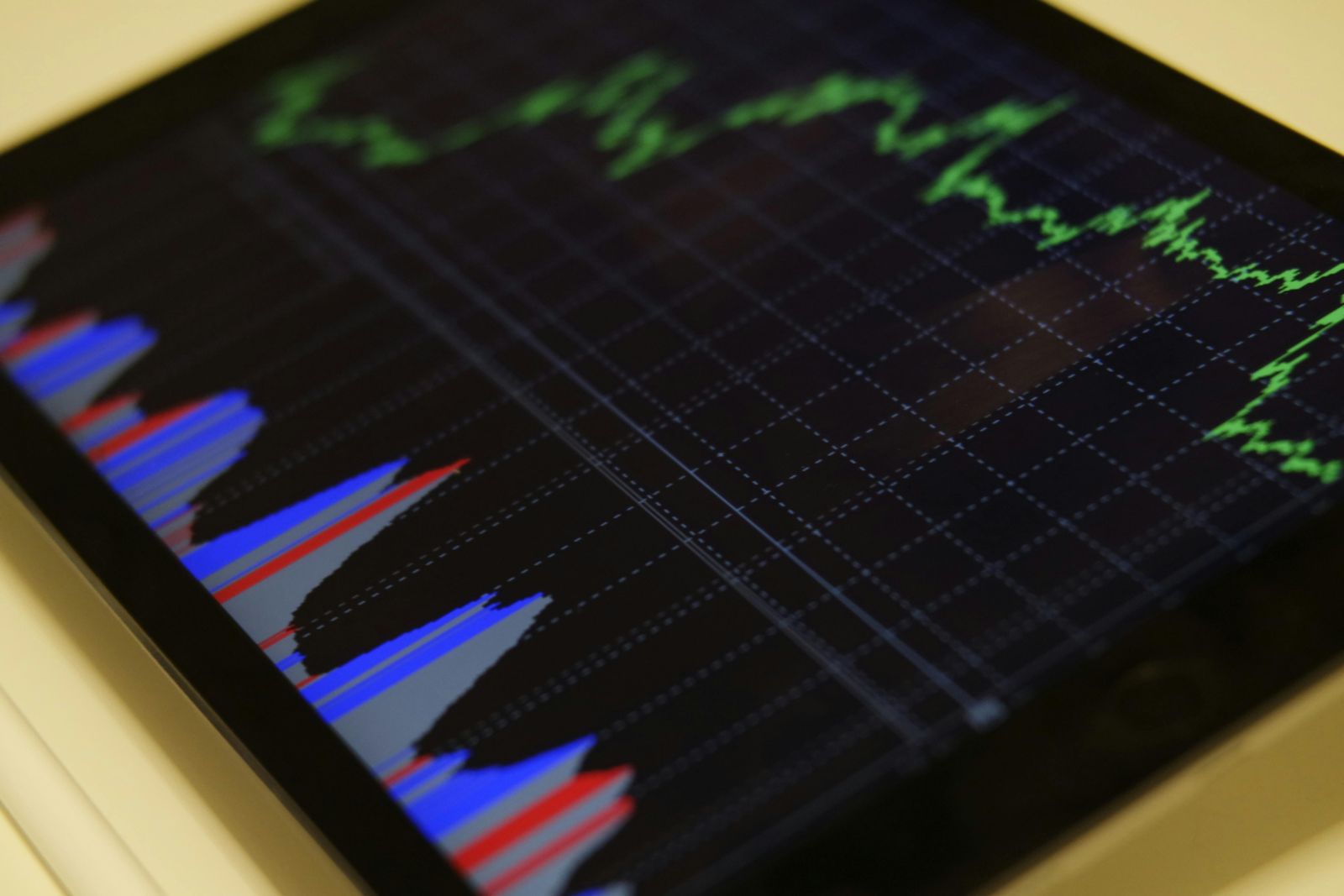How Technology Is Revolutionizing Proprietary Trading
Proprietary trading is rapidly evolving, mainly to technological innovations that are reshaping how traders operate in financial markets. These technological advancements not only increase the speed and efficiency of trading but also provide new opportunities for businesses to adopt innovative strategies in advance of the unexpected. This article will study how technology is modernizing proprietary trading, highlighting critical areas where it is having a significant impact and changing the picture.
Algorithmic and High-Frequency Trading
One of the most fundamental technological advances in proprietary trading has been the rise of algorithmic and high-frequency trading (HFT). Driven by sophisticated mathematical models and data analytics, algorithms let traders execute vast numbers of trades at rates well beyond human capacity. These systems can find trends and make choices free from human involvement by analyzing enormous volumes of real-time market data. A subset of algorithmic trading, high-frequency trading entails doing thousands or perhaps millions of trades every second.
By running very precise and fast deals, advanced algorithms help proprietary trading companies optimize their revenue. Being able to react to market changes instantly changes everything since it lets traders keep ahead of market trends and grab possibilities that can otherwise be lost. Furthermore, depending on automated trading systems has simplified the decision-making process, therefore lowering the emotional bias that occasionally affects individual traders.
Artificial Intelligence and Machine Learning
Modern proprietary trading consists mostly of artificial intelligence (AI) and machine learning (ML). These technologies let trading systems learn from past performance, enhance their capacity for making decisions, and change with the times for the state of the market. Machine learning algorithms can examine enormous volumes of market data and spot trends that might not be immediately clear-cut to human traders. This allows one to create quite successful trading plans that can react dynamically to changes in the state of the market.
By examining news, social media, and other unstructured data, AI-powered technologies can also be utilized for sentiment research, thereby guiding traders on market mood. Real-time processing of this data allows artificial intelligence systems to forecast market swings and offer actionable insights challenging human trader discernibility. As artificial intelligence develops, it is projected to become ever more important in proprietary trading, fostering more creativity and giving companies a competitive edge.
Big Data and Data Analytics
The availability of enormous volumes of data has transformed proprietary trading and let companies make better decisions. Big data refers to the massive volumes of structured and unstructured data generated every day, including market data, economic indicators, social media trends, and more. Modern data analytics tools let traders sort through this information and find important insights that might direct their trading plans.
Risk management, portfolio optimization, and market forecasting all depend on data analytics in great measure. These revelations help proprietary trading companies to see trends, forecast price changes, and modify their trading plans to maximize returns. Real-time processing and analysis of big data have provided traders with new paths to evaluate market circumstances with formerly unheard-of speed and accuracy. This has enabled companies to make quicker and more accurate decisions by helping to lessen reliance on conventional, time-consuming techniques of research.
Risk Management and Automation
Technology has greatly improved proprietary trading companies’ capacity to control risk and automate many facets of the trading process. To enable traders to make wise judgments and minimize possible losses, advanced risk management systems can examine a wide spectrum of elements, including market conditions, liquidity, and volatility. These systems advise activities to lower risk by evaluating the risk exposure of a company’s portfolio using real-time data.
Automation is also essential for simplifying trade operations. Automating routine tasks like trade execution, monitoring, and reporting allows businesses to reduce the risk of human error while increasing operational effectiveness. A reliable funded challenge uses risk management technological tools and resources necessary to help traders learn more effectively and sharpen their skills. As automation technologies advance, private trading organizations will be able to optimize their operations while reducing risk.
Conclusion
In proprietary trading, technology has fundamentally changed everything from trade execution to risk management, therefore transforming every facet of the business. The emergence of algorithmic trading, artificial intelligence, big data analytics, cloud has presented businesses with fresh chances to change their trading plans, increase effectiveness, and better control risk. Through sponsored challenges, these developments are not just helping big trading companies but also making proprietary trading more reachable for retail investors. With new tools and methods always developing to propel the sector ahead, the future of proprietary trading appears bright as technology develops.
Also read: Responsible Scrap

